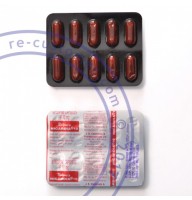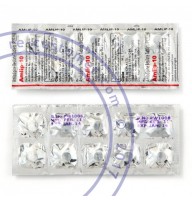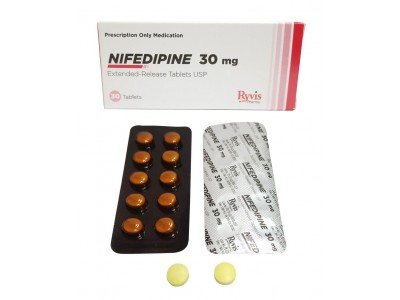Nifedipine and amlodipine are both calcium channel blockers used to treat high blood pressure, but they have different properties that can make one more suitable than the other depending on the patient's specific needs and health profile.
Amlodipine is often preferred due to its longer duration of action and once-daily dosing, which can enhance patient compliance. It has a gradual onset and provides sustained blood pressure control, making it a good option for chronic hypertension management. Amlodipine also tends to cause fewer and less severe side effects, such as reflex tachycardia, because of its smoother, more prolonged action on the cardiovascular system.
Nifedipine, particularly in its immediate-release form, acts more quickly and can be useful in acute settings where rapid blood pressure reduction is necessary. However, it is usually associated with a higher risk of side effects such as flushing, headache, and potential reflex tachycardia due to its faster onset of action. Sustained-release formulations of nifedipine can mitigate some of these issues and are used for chronic hypertension treatment, but they still generally require twice-daily dosing, which can be less convenient.
Overall, amlodipine is often considered better for the long-term management of high blood pressure because of its once-daily dosing, smoother blood pressure control, and lower incidence of adverse effects. Nifedipine may be chosen in specific situations where a rapid reduction in blood pressure is needed or when amlodipine is not well-tolerated. Ultimately, the choice between the two should be guided by a healthcare provider, taking into account the patient's overall health, other medical conditions, and response to treatment.


